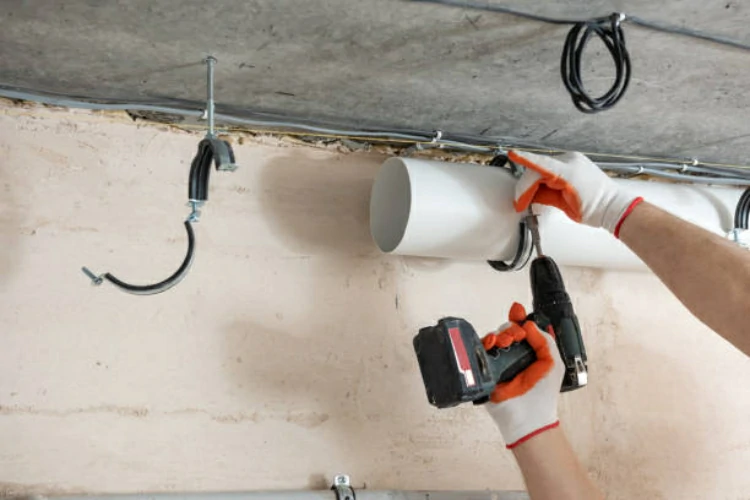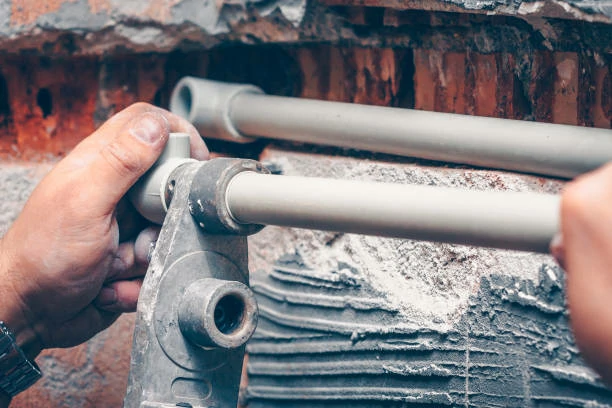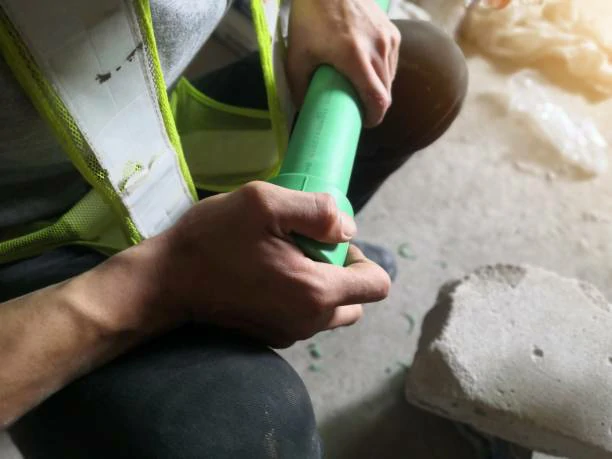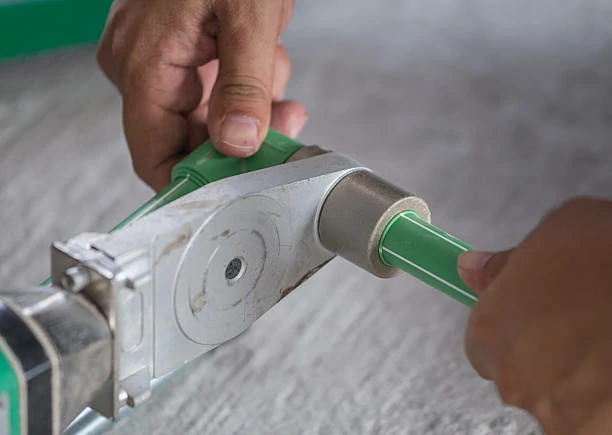Installing CPVC (Chlorinated Polyvinyl Chloride) pipe fittings requires precision, attention to detail, and adherence to industry best practices. Proper installation ensures the longevity, reliability, and performance of plumbing systems. Let’s delve into the essential steps and techniques for installing CPVC pipe fittings effectively.
1. Pre-Installation Preparation
Assessing the Work Area:
Before commencing the installation, assess the work area to identify the layout, dimensions, and specifications of the plumbing system. Ensure that all necessary tools, materials, and safety equipment are readily available.
Cleaning and Deburring:
Thoroughly clean the pipe and fitting surfaces to remove dirt, debris, and any residues that may affect the bonding process. Use a deburring tool to remove any burrs or sharp edges from the pipe ends to ensure a proper fit.
2. Joint Preparation and Assembly
Applying Primer:
Apply a CPVC pipe fittings primer to the outer surface of the pipe and the inner surface of the fitting socket. The primer prepares the surfaces for solvent cement application, promoting adhesion and ensuring a strong, leak-proof joint.
Applying Solvent Cement:
Using a brush or applicator, apply a liberal amount of CPVC pipe fittings solvent cement to the primed surfaces of the pipe and fitting. Ensure even coverage and avoid excess cement, as it may compromise the integrity of the joint.
Assembly and Alignment:
Quickly insert the pipe into the fitting socket, making sure to rotate the pipe slightly to achieve full coverage and a uniform bond. Align the pipe and fitting according to the desired orientation and angle, taking care to maintain proper alignment throughout the assembly process.
3. Curing and Testing
Curing Time:
Allow sufficient time for the solvent cement to cure and bond the pipe and fitting securely. Follow the manufacturer’s recommendations regarding curing time, temperature, and humidity conditions to ensure optimal joint strength and integrity.
Pressure Testing:
After the solvent cement has cured, perform a pressure test to verify the integrity of the joints and the overall plumbing system. Apply hydraulic pressure gradually and monitor for any signs of leakage or pressure loss. Rectify any leaks or defects before proceeding with the installation.
Conclusion
Mastering the installation of CPVC pipe fittings is essential for ensuring the reliability, efficiency, and longevity of plumbing systems. By following proper pre-installation preparation, joint preparation and assembly, and curing and testing procedures, plumbers and contractors can achieve leak-proof, durable connections that withstand the rigors of everyday use. With their ease of installation and superior performance, CPVC pipe fittings continue to be a preferred choice for a wide range of residential, commercial, and industrial plumbing applications.
Contact
IFAN is a professional manufacturer with 30 years of experience, dedicated to producing high-quality plastic pipes, fittings, and valves. Our products include brass valves, PPR valves, as well as various pipes and fittings to meet different customer needs. Whether you need plumbing and drainage pipes or valve products, IFAN can provide a diverse range of high-quality, cost-effective products to support your projects. Below is our contact information.
We will reply your email or fax within 24 hours.
You can call us at any time if there is any question on our production.
For more information,pls visit our webside https://www.ifanplus.com/
Pls Mailto: [email protected]






